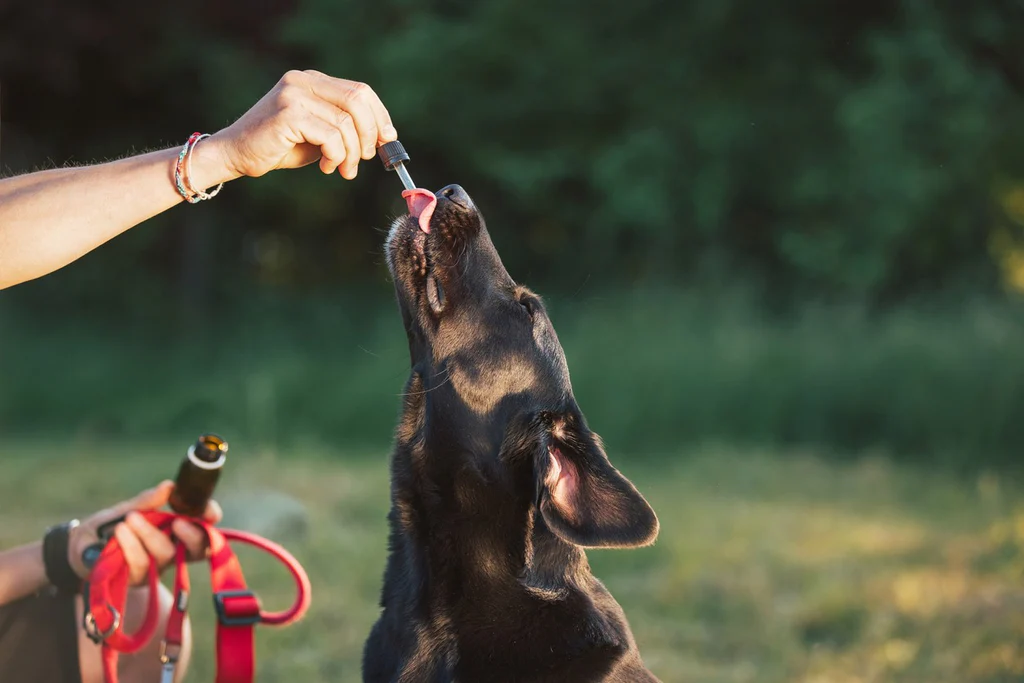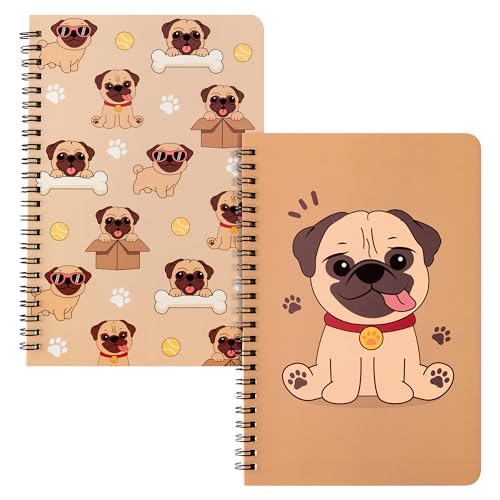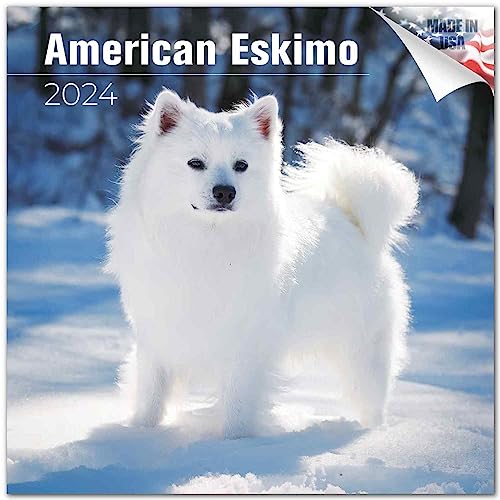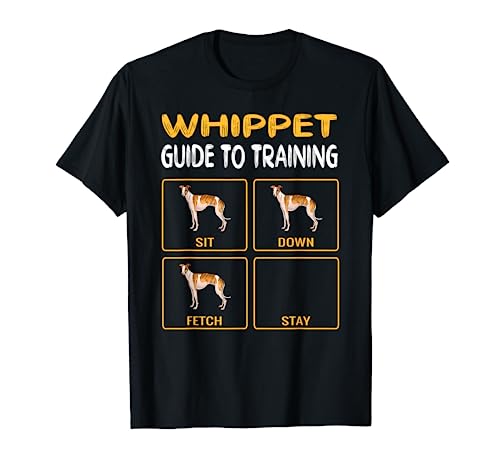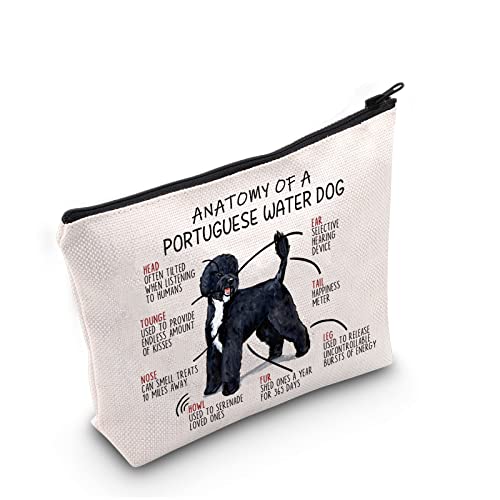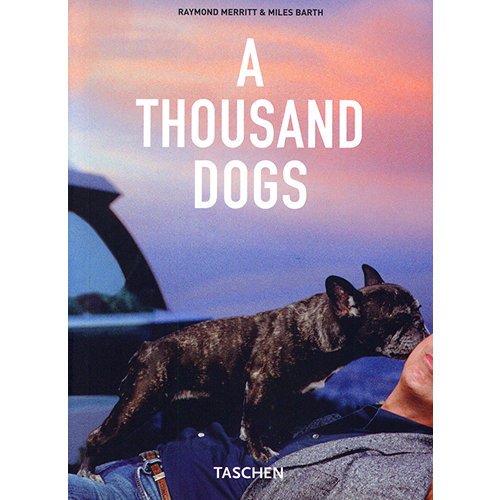How to Stop a Puppy from Biting
If you have a new puppy, congratulations! Puppies are a lot of fun and can provide plenty of companionship. However, puppies also require a lot of training and supervision, especially when it comes to biting. In this post, we’ll discuss how to stop a puppy from biting and some tips for discouraging this behavior. Keep reading to learn more!

If your new puppy is biting everything in sight, you’re not alone. Puppy biting is common among young dogs. Biting is a natural behavior for puppies. It’s how they learn about their world and communicate with other dogs and people. However, biting can be dangerous for both the puppy and the person he or she is biting. Fortunately, there are ways to stop your pup from sinking his teeth into humans and other objects. In the section below, we’ll share tips on how to stop a puppy from biting. Let’s start!
See more: Why Do Dogs Chew On Their Feet?
Why Do Puppies Bite?
Puppies bite for several reasons, including teething, playing, exploring their environment, over-excitement or fear. Puppies may also be trying to establish a dominance hierarchy or learn the rules of social behavior.
Inadequate socialization and playtime can also be a factor in puppies biting. It’s important to observe your puppy closely and provide them with appropriate outlets for their energy. Training, positive reinforcement methods, socialization, providing plenty of chew toys, and teaching bite inhibition can help reduce the risk of excessive biting.
Ultimately, it is important to remember that puppies are still learning how to interact with humans and other animals appropriately. Patience and consistency when interacting with your puppy are key to helping them learn appropriate behavior.
How to Stop a Puppy from Biting
When it comes to puppy biting, the most important thing to remember is that it’s normal for puppies to explore their environment with their mouths. Biting helps them learn about their environment and can be a sign of playfulness or attention-seeking behavior. It’s important to teach your puppy the difference between acceptable and unacceptable biting behavior.
Method 1: Redirect their attentio
The best way to stop a puppy from biting is to use positive reinforcement and redirection. Any time your puppy bites, redirect their attention by offering them an appropriate toy or chew item. Offering interactive toys that are designed for puppies can help keep them entertained and away from anything they shouldn’t bite.
Method 2: Discourage biting behavior by No! Leave it!
Another effective way to stop your puppy from biting is to show them that the behavior isn’t acceptable. If they bite you, immediately and sharply say “No!” or any other word that will get their attention. This should be done every time they attempt to bite without fail so they understand it’s not okay.
Teaching your puppy the command “leave it” can help them understand that biting isn’t allowed. This is an important command to teach as it can be used for many situations, such as when they are tempted to chew on something they shouldn’t or bark at other animals.
Method 3: Positive reinforcement:
Reward your puppy for good behavior with treats and verbal praise. This will teach them what kind of behaviors to repeat in the future. This is an excellent way to teach any new command or behavior, and it’s especially useful for puppies who are still learning about their environment.
Method 4: Train your puppy
Enrolling in a basic obedience class is a great way to teach your puppy important behaviors, such as sit and stay commands. This will help them learn how to respond when they feel excited or overwhelmed.
Method 5: Exercise
Make sure your pup is getting enough exercise on a daily basis. This will help keep them from getting bored and having too much energy that can lead to biting or other inappropriate behavior.
These are just a few tips to help stop your puppy from biting. If you’re still having trouble, we recommend talking with a professional dog trainer or behaviorist for additional guidance and support.
By following these steps and being consistent with your training, you can help teach your puppy proper biting behavior and ensure that they grow up to be a well-mannered dog. Having patience and understanding while teaching your pup the difference between acceptable and unacceptable behaviors is key to having a happy, healthy relationship with your pet. With the right guidance and reinforcement, you can create an environment that allows your pup to learn and grow in a safe, positive way.
When Do Puppies Usually Start Biting?
Puppies usually begin to explore their environment and learn more about their surroundings through biting. This behavior typically begins between 3-6 months of age, but can start as early as 8 weeks old.
During this period, puppies are teething and exploring. It is important to teach your puppy good bite inhibition during this stage so it knows it is not appropriate to bite people or other animals.
This can be done through positive reinforcement such as verbal praise and rewards when they do not bite, and time-outs when they do. With patience, consistency, and proper training your puppy will soon understand that play biting and nipping are unacceptable behaviors.
How Do I Stop My Puppy from Biting My Clothes?
If your puppy likes to nip at your clothing, it is important to be consistent in redirecting them away from this behavior. Any time your pup starts to bite at your clothes, you should firmly say “No” and walk away. This will help show them that this behavior is not acceptable and they need to find something else to do.
If your puppy is still struggling with learning to stop biting, you can also use a time-out or teach them the command “leave it”. This will help them understand that they should not be biting at your clothes and instead find another activity to engage in. With proper training and consistency your pup will soon learn what behaviors are appropriate and which ones are not.
By following these tips, you can help your puppy learn to stop biting and nipping at your clothes. With patience, understanding and consistent reinforcement, you can teach them the right behavior so they can grow into a happy and well-mannered pup.
Why Do Some Puppies Bite More than Others?
Puppies may bite more than others due to several reasons. Generally speaking, puppies that have not received proper socialization and training are more likely to bite. If a puppy is not exposed to people or other animals, they may be fearful or aggressive when interacting with them. This can lead to biting or nipping as a result of their fear or aggression.
Other puppies may bite more due to boredom, hunger, loneliness, or even teething. Puppies may be bored if they are not given enough exercise and stimulation and this can lead to biting as a form of play or attention-seeking behavior. If a puppy is not fed enough food throughout the day, they may bite out of hunger. Similarly, puppies can become lonely if left alone for too long and may bite due to separation anxiety.
Finally, teething is another common reason why puppies may bite more than others. Puppies go through a teething stage around 3-6 months old where they will need chew toys or bones to help soothe the discomfort in their gums. If puppies are not given these necessary items, they may try to bite or chew on anything they can get their paws on. It is important to understand why some puppies bite more than others and take steps to prevent them from doing so.
What Can I Give My Puppy to Chew on Instead of Biting?
It is important to provide your puppy with appropriate chew toys to prevent them from chewing on inappropriate items. Some great chew toy options for puppies include:
- Kong puppy toy – this flexible, durable rubber toy can be filled with treats or food to keep your pup busy and entertained.
- Rope toys – these are great for puppies as they help clean their teeth and massage their gums.
- Nylabone chew toys – these are made from durable nylon and can withstand a lot of chewing.
- Treat dispensing toys – these are great for keeping your puppy occupied while teaching them how to solve puzzles. They come in many shapes and sizes, so you can find one to suit your pup’s needs.
- Balls – these are fun for puppies to chase and can help encourage exercise. Make sure the ball is big enough that it won’t be a choking hazard.
- Puzzle toys – these are great for developing problem solving skills in puppies as well as keeping them occupied for hours.
These are all great options for providing your puppy with an appropriate outlet for their chewing needs. Be sure to monitor your pup when they are playing with these toys and replace them as needed to ensure their safety. Remember, the goal is not just to prevent destructive behavior- it’s also about teaching your pup good habits that will stay with them for life.
What Should I Do If My Puppy Bites Someone Else?
If your puppy has bitten someone else, it is important to take immediate action. First, assess the situation and make sure the victim is not seriously injured. If medical attention is needed, seek help right away.
Once the injury has been treated, you should apologize to the other person on behalf of your puppy and make sure they understand the situation was not their fault. Help them to understand that it is your responsibility as a pet parent to make sure your puppy is behaving appropriately and learning how to interact with people in an appropriate manner.
It is also important to take measures to ensure the incident does not happen again. Talk to a veterinarian or animal behaviorist about your puppy’s behavior and look into obedience classes. These can help to teach your pup better manners, while also providing a safe space for them to interact with other people and animals in a controlled environment.
It’s normal for puppies to bite strangers out of curiosity, and you can use our methods above to train them. But if they bite strangers out of self-defense or fear then you need to socialize them and it will probably take longer.
FAQs of How to Stop a Puppy from Biting
How do I get my puppy to stop biting my hands and feet?
One of the most effective ways to get your puppy to stop biting your hands and feet is to provide them with appropriate chew toys. When they start to chew on you, redirect their attention by offering up a toy instead. This will help teach them that it’s not okay to bite people and that there are other items they can use for chewing.
How long is the puppy biting phase?
The puppy biting phase can last anywhere from 4-6 months, depending on the pup. However, it is important to remember that puppies need to be trained and socialized so that they know how to interact with people and other animals properly. This means teaching them good manners from an early age so that biting does not continue into adulthood.
Can a dog be taught not to bite?
Yes, a dog can be taught not to bite. This is done through positive reinforcement and consistent training. Start teaching your pup appropriate behavior from an early age and use rewards such as treats and praise when they exhibit good behavior. Additionally, teaching them how to interact with people in a safe manner can help prevent biting incidents.
What are signs of aggression in puppies?
Signs of aggression in puppies include growling, barking, snapping, and biting. Additionally, they may exhibit body language such as crouching low to the ground, baring their teeth, or wide eyes. If you notice any of these signs in your puppy it is important to address them immediately with positive reinforcement training and socialization.
How can I tell if my puppy is in pain?
If your puppy is exhibiting signs of discomfort such as whimpering, whining, or licking excessively then they may be in pain. Additionally, if they show reluctance to move around or eat then they might also be in some type of distress. If you are concerned that your pup is in pain then it is best to consult a veterinarian as soon as possible.
What is abnormal puppy behavior?
Abnormal puppy behavior includes aggressive or destructive behaviors such as biting, excessive barking, and destruction of property. Additionally, if your pup seems withdrawn and disinterested in their surroundings then this is also an indication that something may be wrong. If you notice any of these signs in your puppy then it is important to take them to a veterinarian or animal behaviorist for further evaluation.
My puppy doesn’t have teeth yet, but he’s still biting. How can I stop him?
Even if your puppy doesn’t have teeth, they can still bite. You can stop them from biting by teaching them the “no bite” command and using positive reinforcement when they obey. Additionally, providing appropriate chew toys will help redirect their attention away from you and onto something else. It is also important to note that puppies don’t understand why biting is wrong, so it is important to be patient and understanding with them.
How do I Stop a Puppy from Biting if it is Already Aggressive?
If your puppy is already aggressive and biting, it is important to address the problem immediately. The first step is to figure out why your puppy is behaving aggressively in the first place. Is there something causing them stress or fear? If so, you need to remove that source of stress as best as possible.
In addition, you should also work on providing them with positive reinforcement in order to encourage better behavior. For example, you can give your puppy treats or toys when they exhibit desirable behaviors such as being calm and relaxed instead of aggressive.
It is important to remain consistent when training your pup and not use any methods that could be seen as punishing or intimidating. If your pup is getting too aggressive, you should remove them from the situation and give them time to calm down.
Conclusion
In conclusion, stopping a puppy from biting can be a challenging process. It is important to remember that puppies are still learning, so consistency and patience are key when training them.
Establishing strong boundaries, providing positive reinforcement for good behavior, and redirecting the pup’s attention away from biting will help you teach your dog to behave properly. With consistent effort put into the process, you can successfully stop a puppy from biting. With continued reinforcement and proper training, your pup will learn to interact properly with others and understand that biting is not acceptable.
Keeping in mind these tips on how to stop a puppy from biting. Happy training! 🙂 Good luck!


